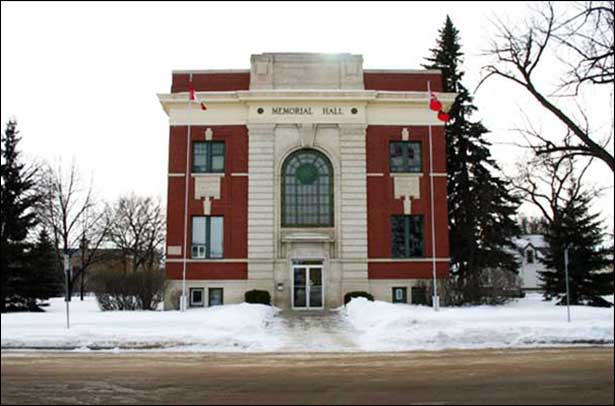
Memorial Hall
The Memorial Hall, an elegant Georgian Revival-style building in Carman, is a fine example of a structure that integrates important historical events with daily community life.
The hall is both a monument to area residents who served in the military during the First World War, including 83 who died in battles at Vimy Ridge and Mons, and a multi-purpose public building. Its commemorative role is evident in the artefacts located on its grounds, its exterior detailing and interior memorial room, which contains commemorative statuary, wreaths and memorabilia of the war.
The functional aspects are revealed by its substantial, well-planned design, which incorporated the offices and meeting spaces of the Town of Carman and Rural Municipality of Dufferin, an auditorium/theatre, social hall and community room, as well as its past roles housing a jail, library, and a bell tower once used to summon firemen to emergencies. Although the interior of the building has been substantially renovated, it remains a landmark and valued public facility in the Carman/Dufferin district.
The site was designated on August 25, 1994, by the Town of Carman.
Location: 12–2nd Avenue SW, Carman
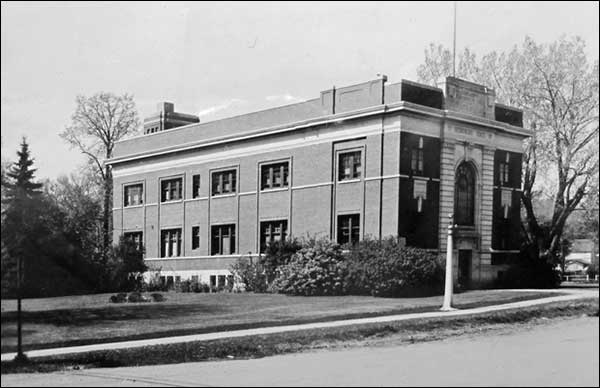
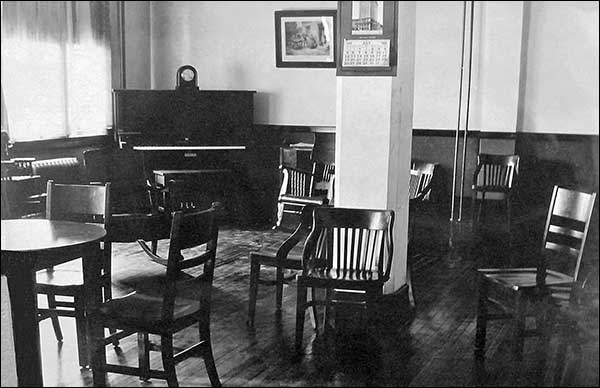
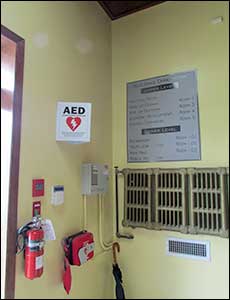
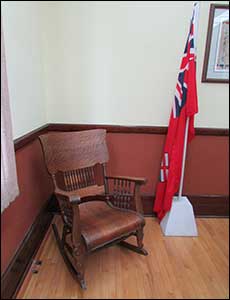
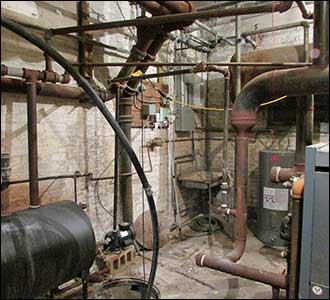
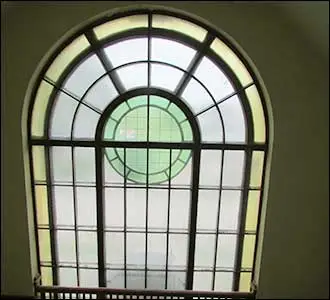
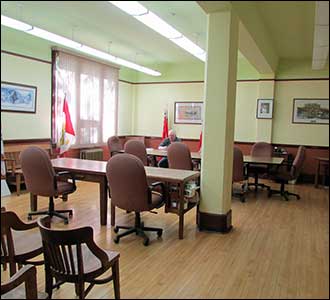
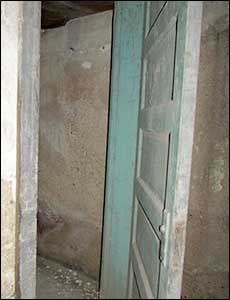
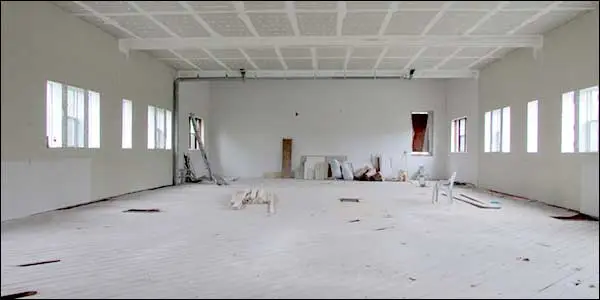
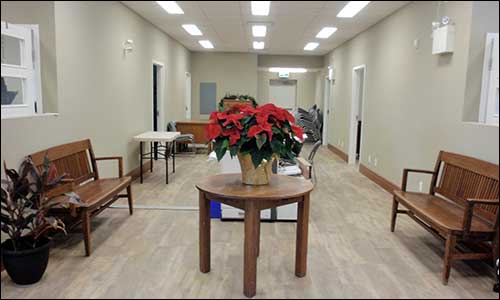

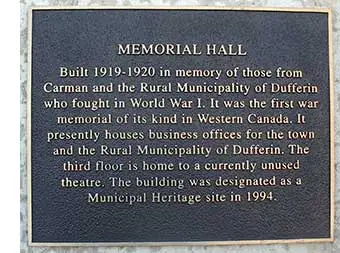
Memorial Hall
The Memorial Hall, a Designated Heritage Site, has been a focal point for both the Town and RM of Dufferin.
This series of Vintage Photos captures a few of the many activities the Memorial Hall hosted over the years as well as artifacts from the past that are still part of the building.
The Town of Carman and RM of Dufferin are proud of the fine record of the men and women of the district who have served their country. The Memorial Hall in Carman is dedicated to the memory of those who served in World War I.
There also was special praise for the Memorial Hall. The Dufferin Leader (1931-03-19) printed a letter received by Mayor Greer. The writer, a past president of the Young Men’s section of the Winnipeg Board of Trade, commented on use of a reproduction of the Memorial Hall on the Town letterhead. He noted that he had often visited and spoken favourably to others about the memorial, which he compared to the Alamo in San Antonio,Texas—the iconic old monastery that is hailed as the birthplace of independence in that state.
In his opinion, the Hall was “one of the outstanding efforts made in the Dominion of Canada to erect a memorial that will be of lasting benefit to the community, not only because of its usefulness for Civic purposes but for community betterment….to visitors it is looked upon as something which visibly denotes the sacrifice and spirit of a united community.” He went on to query whether steps were being taken to ensure “that children of the district grow up with a true understanding of all that this building stands for.” What would he write to the mayor if he returned to Carman today?
November 2015
Memorial Hall Re-Opens. The Town of Carman and R.M. of Dufferin have moved their offices back into the renovated Memorial Hall. Still a few glitches in the new elevator and the basement is still to be finished, otherwise staff are settling happily into their new quarters.
The only interior areas that remain unchanged are the front stairwell and the Memorial Room. As Rod McPherson, past President Carman Legion points put in this week’s Valley Leader, the Memorial Hall was the first WWI memorial building in Western Canada. It is a designated municipal heritage site and stands on consecrated ground. If you haven’t been there, plan on visiting the Memorial Room to view tributes to our local war dead and admire the graceful Herald of Peace statue donated in 1920 by the I.O.D.E.
June 2014
This year marks the 100th Anniversary of the beginning of WWI. In the Carman/Dufferin area, the Memorial Hall has served as a day-to-day reminder of the “war to end all wars” and of the impact it had on communities far removed from the European battlefront. Erected by local citizens in 1919–20, the building and grounds are well deserving of their Municipal Heritage Site status.
The Legion maintains the Memorial Room in the building; in 1987, they erected a cenotaph on the grounds.(Pictures included above)
Do you remember? Far from being a static tribute to the dead, the Hall has served over the years as the hub of municipal government, housing the offices of the R.M. and Town as well as other services. Some of you may remember the corner office where you got your first driver’s licence. “Can you drive? Fine, here you are! Good luck.” Or the days when the Hall was an active social centre—with drama productions, talent shows and graduations in the upper level theatre? Or the Saturday night dances in the basement, dancing to waltzes, foxtrots and polkas, with live local music. Women may recall when the Memorial Hall Ladies’ Rest Room was the place where women socialized or waited while husbands located machinery parts or dropped in for a visit at the men-only facilities in town.
Memorial Hall (June 2014). Veteran’s groups and others have managed to maintain the integrity of the consecrated grounds, the exterior architecture and the Memorial Room. Inside the building, much has changed over the years. At present, the interior of the building is a blend of the old and new. In the front entrance, radiators, a visible reminder of the traditional heating system, can be seen side by side with the current list of occupants of the Memorial Hall and the most recent addition to health and safety, an AED device.
In the basement, beyond the view of the general public, lie areas that remain largely immune to the passing of time such as the elaborate heating/plumbing system and the infamous holding cell or jail.
Ironically, the 100th anniversary of WWI also marks the year that plans for renovation of the building have finally come to fruition. With a thoroughness worthy of WWI destruction, the building is being gutted in preparation for complete renovation of the interior.
A disk and hard copies of these and other photos of the Memorial Hall 2014 will be kept in the CDMHAC filing cabinet.
Early Council Chambers. Our recent search for information on Christian Hansen, Carman town constable from 1908–11, left us with a couple of unrelated questions about our early history, notably: where were the Town Council Chambers, Clerk’s Office, and jail located before the Memorial Hall was built in 1919? In another search of early newspapers, we found an answer. The Dufferin Leader 1907-01-17 reported that “A plan was submitted by the engineer for fitting up a council chamber and clerk’s office in the powerhouse.” The plan was adopted and returned to the engineer for specifications on the understanding that, “if it didn’t cost too much, it would be proceeded with.”
It seems that the jail was at or near the powerhouse. The Dufferin Leader (1911-12-07) noted that the town constable had arrested a local man “for being drunk and disorderly, and conveyed him to the coop, where he left him apparently sleeping at 2 a.m. Shortly afterwards the night engineer at the power house, who went over to make up the fire in the lockup, phoned him that the prisoner had escaped. The bar from the door had apparently been used to wrench the iron bars from the windows, and there had been no help from outside.”
Conditions at the early jails may have left something to be desired. The Dufferin Leader (1907-07-04) urged that “Every citizen should pay a visit to the town jail (in an unofficial capacity of course) and see the improvement in the interior of the premises as regards cleanliness. For all that, the place is vile, and totally unfit for the incarceration of a fellow-human being, no matter how vile. If we are to raise those who have sunk in the slough of depravity, we had best begin by teaching them that there is the ineffable spirit of immortality within them, and this cannot be done by putting them in a place unfit even for the lowest beasts that perish. Let our philanthropic citizens look into this. We cannot believe that if they knew of the reality of the conditions they could rest with contentment. To raise money for foreign missions and keep a place for the incarceration of human beings like ourselves who, although they may infringe the laws of the country may in some one respect be even better than sinners who are more careful, seems a waste of money and a misplaced sympathy. Let charity begin at home.”
In 1919, the early jail was replaced by a cell in the boiler room and maintenance area in the basement of the new Memorial Hall. We haven’t located any photos of the early powerhouse facilities. A snapshot taken of the interior of the long-abandoned Memorial Hall jail cell in 2014 suggests that, even in the later post-WWI facility, amenities were fairly basic.


Memorial Hall jail cell 2014 View of the area adjoining cell 2014

